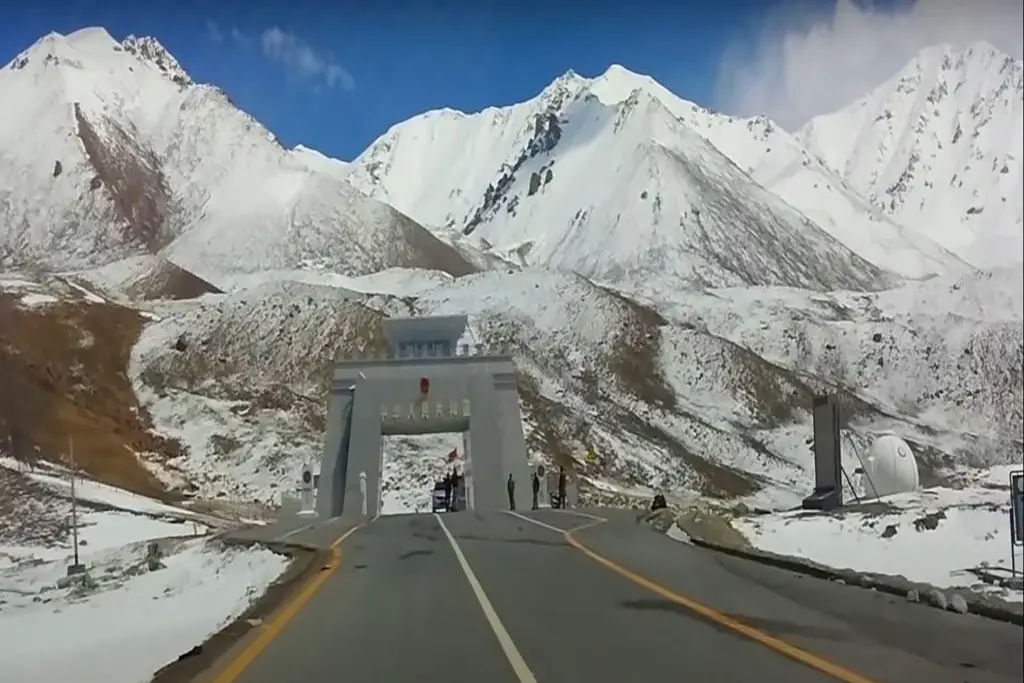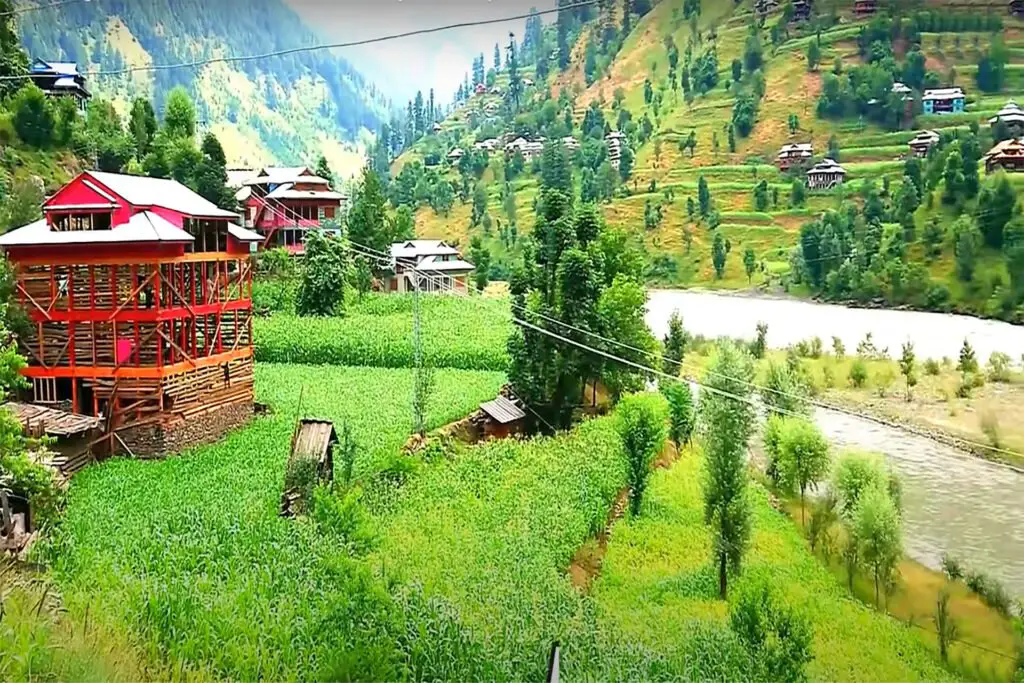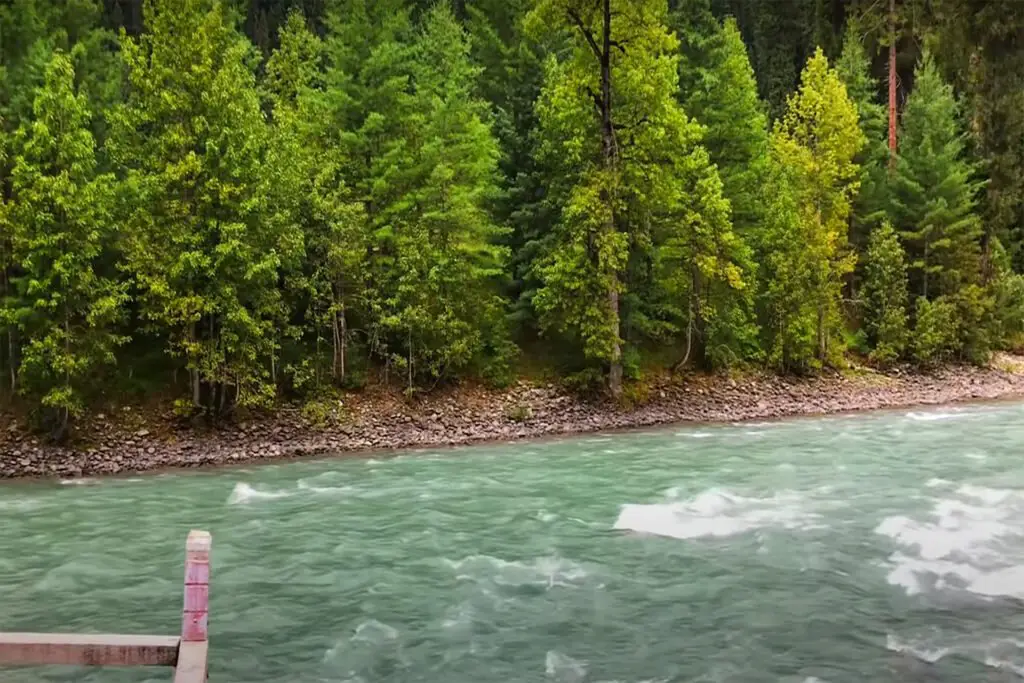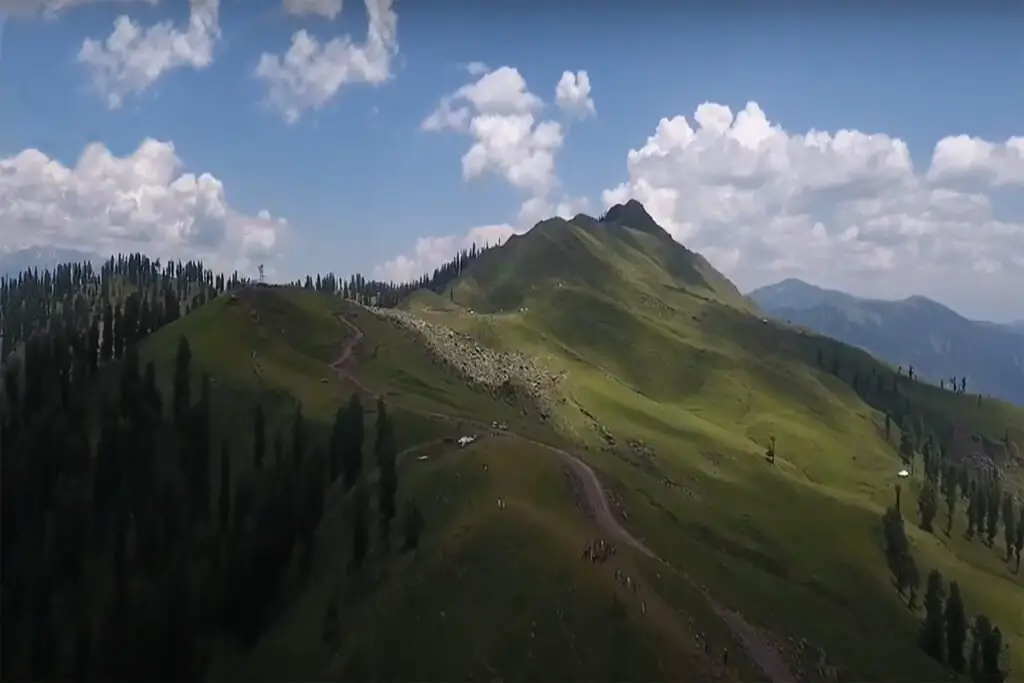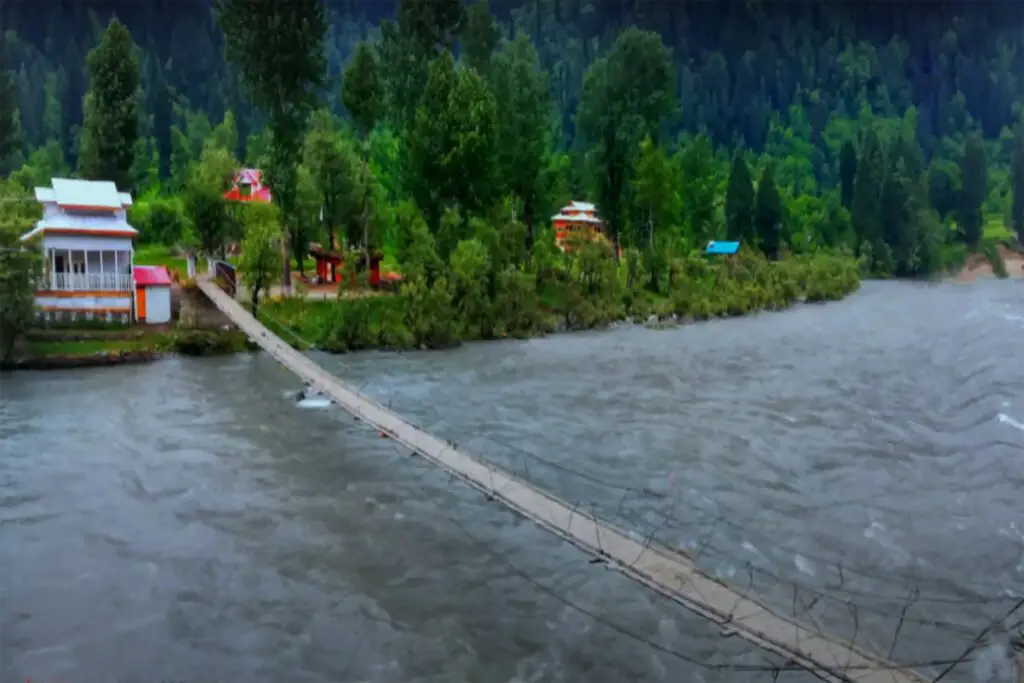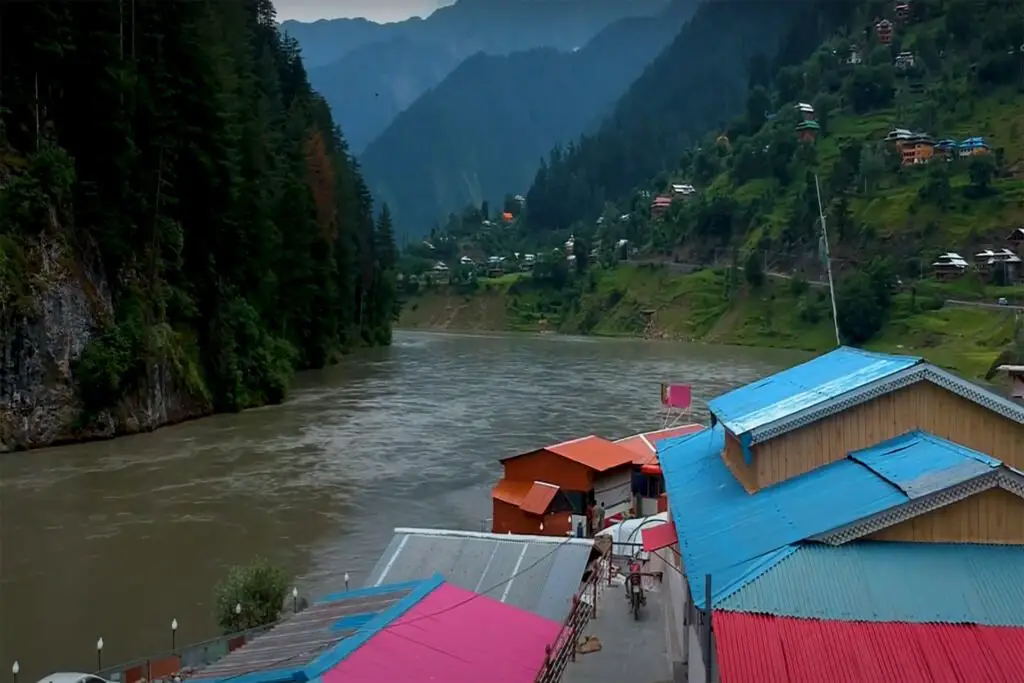Khunjerab Pass is a 4,693-metre-high (15,397 ft) mountain pass in the Karakoram Mountains, in a strategic position on the northern border of Pakistan (Hunza and Nagar districts of Gilgit-Baltistan) and the southwestern border of China (Xinjiang). Mutsjliga Pass (China) is a 5,314 meters (17,434 ft) high mountain pass at 36.97374°N 75.2973°E near Khunjerab Pass.
Khunjerab name is derived from two words of the local Wakhi language: “Khun” meaning blood and “Jerab” meaning a stream coming from a spring or waterfall.
The Khunjerab Pass is the highest international border crossing in the world and the highest point on the Karakoram Highway. Khunjerab Pass road was completed in 1982, replacing the unpaved Mintaka and Kilik Passes as the primary passage through the Karakoram Mountains. The choice of the Khunjerab Pass for the Karakoram Highway was decided in 1966.
On the Pakistan-administered side, Khunjerab Pass is 42 km (26 mi) from the national park station and check post at Dih, 75 km (47 mi) from the customs and immigration station at Sost, 270 km (170 mi) from Gilgit, and 870 km (540 miles) from Islamabad.
On the Chinese side, the pass is the southwestern terminus of China National Highway 314 (G314) and is 130 km (81 mi) from Tashkurgan, 420 km (260 mi) from Kashgar, and about 1,890 km (1,170 mi) from Urumqi. The Chinese port of entry is located 3.5 km (2.2 mi) along the road from the pass in Tashkurgan district.
How can I get to Khunjerab Pass?
The road to the summit, also known as Khunerjab Pass and Kunjirap Daban, is completely paved. N35 (Karakoram Highway) in Pakistan and China National Highway 314 (G314) in China pass through the pass. It is one of the highest roads in the country. This section of the road was completed in 1982 and is possibly the highest metal border crossing in the world. The highest ATM in the world is located on the Pakistani side at Khunjerab Pass.
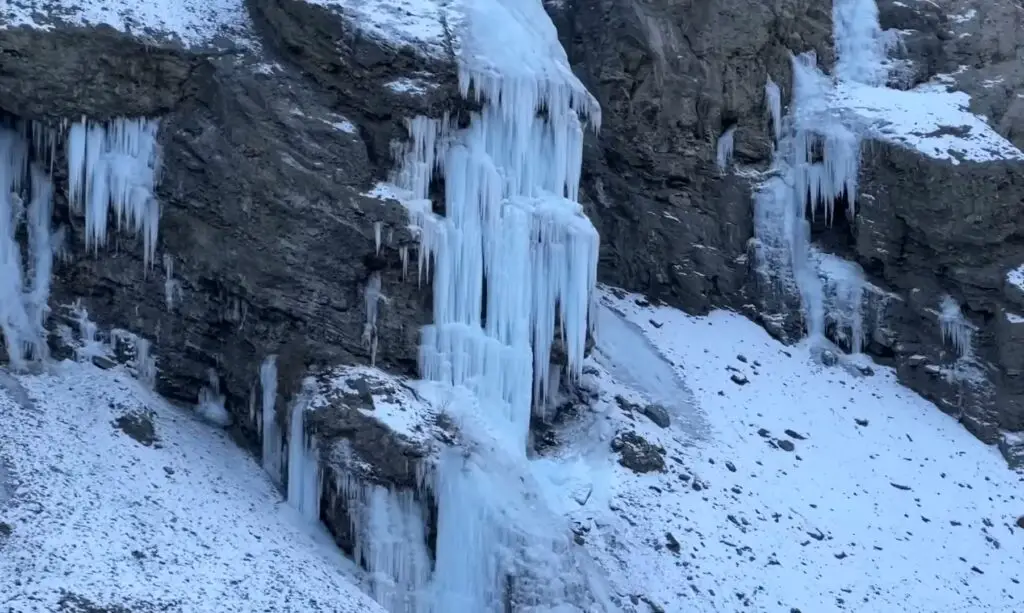
In which province is Khunjerab Pass located?
The pass is located high in the Karakoram Mountains in a strategic position on the northern border of the Gilgit-Baltistan Hunza-Nagar district of Pakistan and the southwestern border of the Xinjiang region of China. Due to its altitude, it is very advisable to limit the stay and continue preferably during the day. Bring warm clothes as it can get very cold.
Khunjerab Pass Timings
High altitude with risk of altitude sickness, weather, steep road gradient, and general inaccessibility make travel dangerous and difficult. The long, relatively flat pass is often snow-covered during the winter season, and as a result, is usually closed from November 30 to May 1. Choose your time carefully.
The border is open only Monday to Friday, from 9 am to 5 pm on the Pakistani side and from 11 am to 8 pm on the Chinese side, Beijing time. There are several police checkpoints along the highway in China, which can significantly slow down your journey if there are a lot of cars and trucks. Don’t forget your passport. The journey is quite easy and requires little preparation, but due to the strict measures of the Chinese authorities, you will need an extra dose of patience.
Islamabad To Khunjerab Pass
On average, it will take you about 3 to 4 days to travel from Islamabad to Khunjerab Pass by road.
Important tip: Rent a suitable vehicle instead of driving your car. It is always better to hire an experienced driver familiar with the twists and turns of the Karakoram Highway. If you are traveling with a group, many tour groups offer reasonably priced packages from each city.
Northern Areas Transport Corporation also known as NATCO also provides bus services from Islamabad to Hunza at really affordable prices.
DAY 1: DEPARTURE FROM ISLAMABAD
It is better to leave Islamabad early in the morning to avoid heavy traffic jams. If you don’t want to be stuck on the road for hours, you must try to cross Mansehra before sunrise. Upon arrival at Balakot, it is recommended to stop for breakfast. Make sure you have a light meal and pack some snacks for the journey as it will be a long drive.
From Balakot, it will take you about five hours to reach your next stop, a beautiful village called Besal just outside Naran. Avoid stopping at Naran as it is very crowded during the tourist season. Instead, take a tea break at Besal before heading to Lulusar Lake and Babusar Pass. You only need to spend a few minutes in both of these tourist destinations.
Babusar Pass is the highest point in this valley, connecting Khyber Pakhtunkhwa province with Gilgit Baltistan. The road descending from this mountain pass is full of sudden turns. This means that the driver must be very careful. From this point, it will take around 3 to 4 hours to reach Jaglot via the Karakoram Highway.
People generally prefer to stay in Chilas. However, if you are traveling in the summer months, it is better to stay in Jaglot as the former tends to be very warm. Stay overnight in this small but extremely hospitable town and have dinner at a local restaurant. The more you relax, the more you will enjoy your vacation.
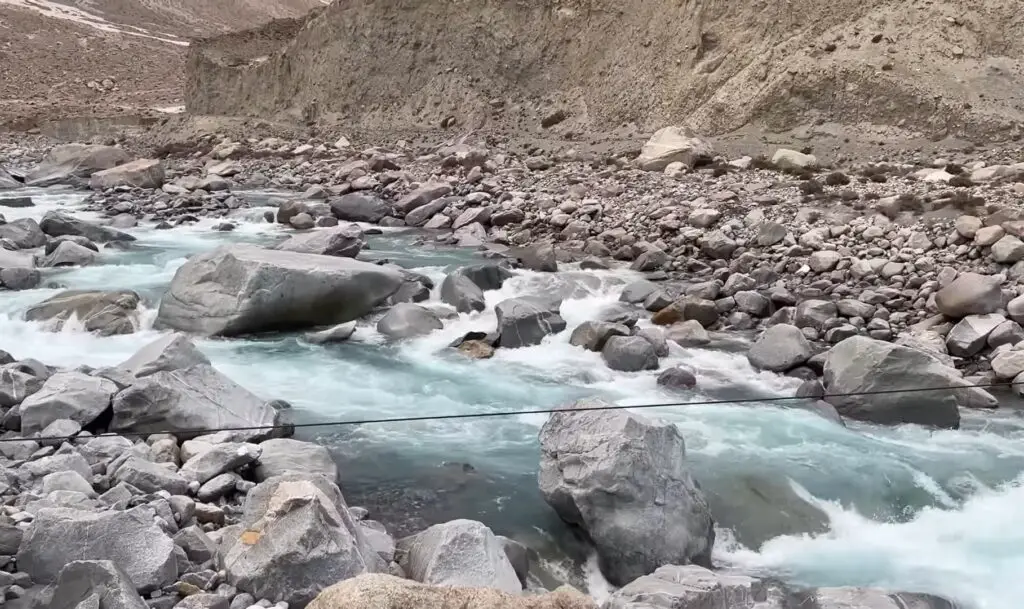
DAY 2: JAGLOT TO HUNZA
The key to a stress-free trip is to avoid traffic. This means you need to start your day as early as possible. On the second day of the trip, leave the hotel by 8:00 am and head to the Hunza Valley via the Karakoram Highway. On the way, take a short photo break at three Mountain Junctions.
Khunjerab Pass is one of the most popular tourist destinations in Gilgit Baltistan where the three largest mountain ranges of the world – Karakoram, Hindukush, and the Himalayas meet.
You can take another short break from the Rakaposhi viewpoint. Don’t spend too much time here, though, as you’ll have to make another stop for lunch in a few hours.
If you stay on track and don’t make any unnecessary stops, you will reach Karimabad, the capital of Hunza district, in about 3.5 hours. You can stop here for lunch and then drive a few more minutes to visit the historic Altit fortress. Altit Fort was built almost 1100 years ago and is considered to be the oldest monument in the region.
After a quick tour of Altit Fort, you can travel to the famous eagle’s nest in Duikaar for some scenic photos. Make sure to reach your hotel by sunset and spend the night in Hunza.
Day 3: Hunza to Nagar
Enchanting Blue Lake was formed due to a huge landslide. It is also probably one of the biggest tourist destinations in Gilgit Baltistan. If you get here before rush hour, you can take a short boat ride or even ride a jet ski.
After taking pictures at Attabad Lake, you can head to Baltit Fort, another historical monument in the valley. Built nearly 700 years ago, it is also considered one of the most Historic tourist destinations in Pakistan. It is larger than Altit Fort, although both belonged to the same family at different periods. You can take a guided tour of this fort and have lunch at a nearby restaurant.
Taking the Karakoram highway, you will reach the village of Minapin in the Nagar Valley within an hour and a half after leaving Baltit Fort. This small village in Gilgit Baltistan is home to some of the nicest people you will come across on this trip. You can go for a short walk and spend the night in one of the local hotels. But don’t forget to book your room in advance as this area has only two big hotels which are very popular among domestic and foreign tourists.
Day 4: Trip to Khunjerab Pass
The journey to the Khunjerab Pass is by no means short.
The sooner you leave the hotel, the sooner you can return. Ideally, you should be on the road by 7 am. In ideal weather conditions, the journey to Khunjerab Pass will take you almost six hours. On the way, you can stop at the famous Hussaini Gojal suspension bridge and take unforgettable photos at the picturesque Passu Cones. Due to the unique shape of the peaks, Passu Cones are also referred to as the ‘Cathedral of the Passu’.
Once you enter Khunjerab National Park, you can take a short break for tea and some snacks. From this point, the road to Khunjerab Pass will be very steep. Due to the high altitude, the oxygen level also necessarily decreases, which means that you need to conserve as much energy as possible. Additionally, you may encounter a lot of traffic on the way to the national park as it remains one of the most popular tourist destinations in Pakistan.
People are supposed to park their vehicles a short distance from the Pak-China border.
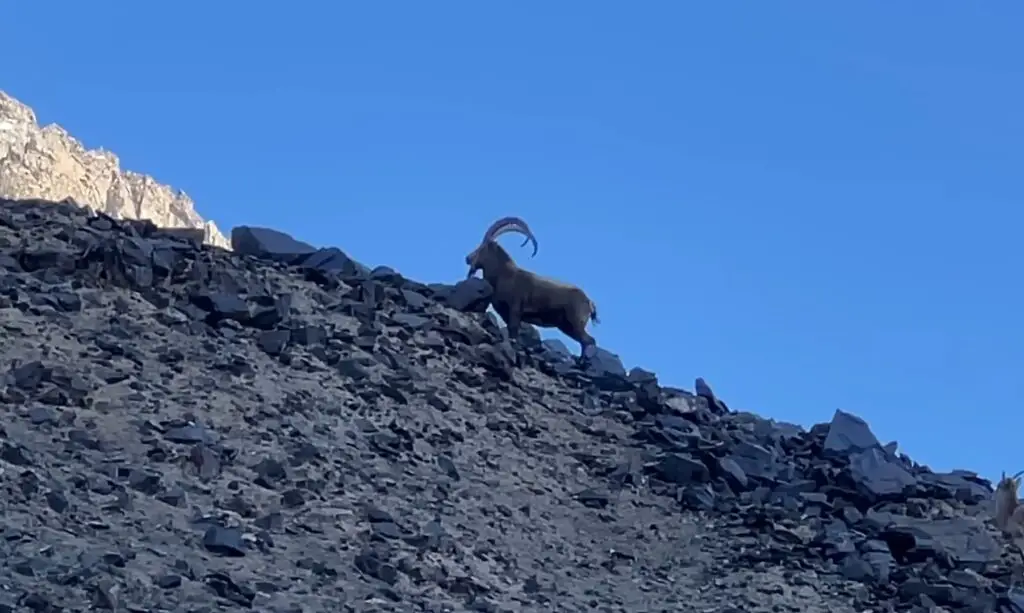
Day 5: Back to Naran
Time to head back home. However, you cannot reach Islamabad on the same day due to heavy traffic on Karakoram Highway and Naran. If you leave the hotel around 9 am, you will probably arrive in Chilas between 1 pm and 2 pm. You can have lunch in this area and then travel another almost four hours to reach Naran.
Due to the ongoing construction and a heavy influx of tourists in Gilgit Baltistan, you are also likely to get stuck on the road. If you arrive in Naran at sunset, you can stroll around the main market and dine at one of the many restaurants in the valley. You will have to spend the night here, but don’t forget to book a room at least a week in advance.

